Diagnosing Gypsophila Diseases: Learn To Recognize Baby’s Breath Disease Issues
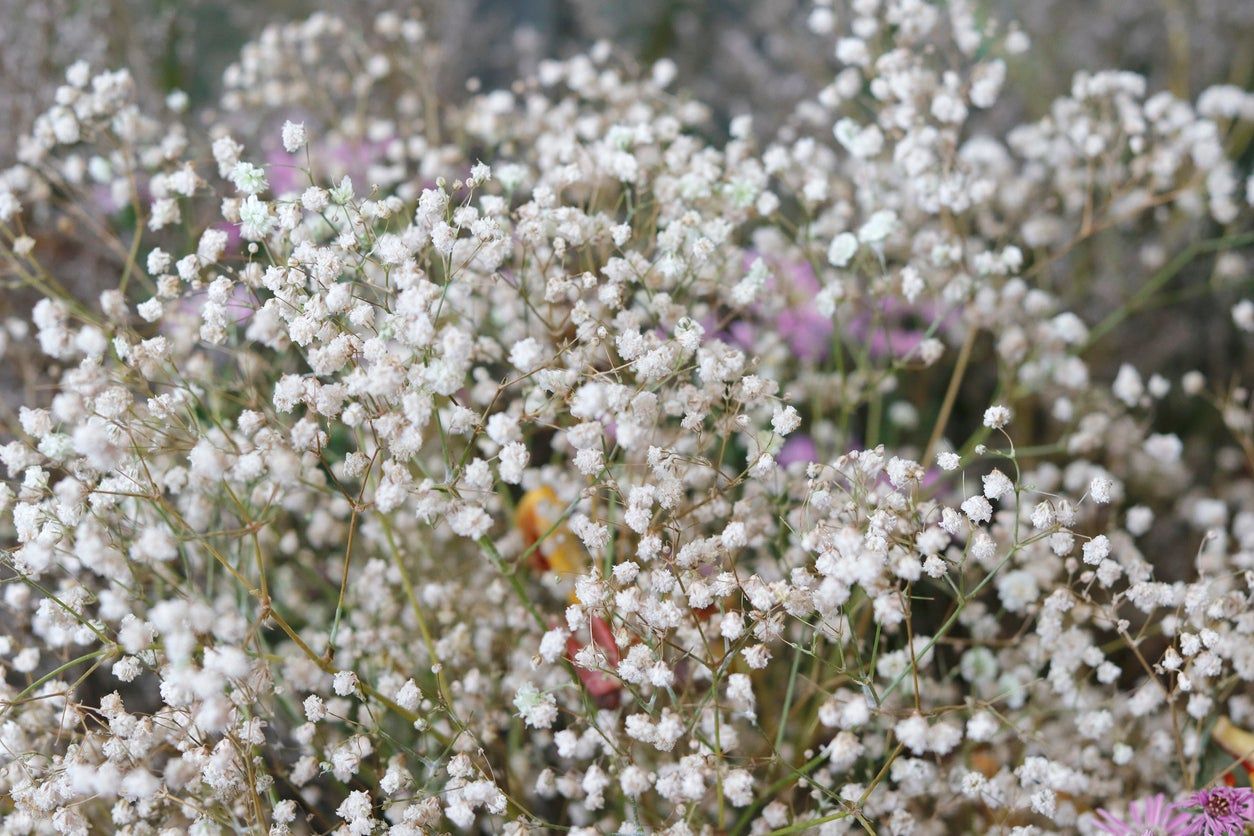

Baby’s breath, or Gypsophila, is a mainstay in many ornamental flower beds and in carefully planned cut-flower gardens. Most commonly seen when used as a filler in flower arrangements, baby’s breath plants are also useful when wishing to add airy texture to flower borders. When healthy, these plants will produce a profusion of small white blooms in spring and throughout the growing season.
However, if choosing to grow baby’s breath in the flower garden, there are some common Gypsophila diseases that may cause rapid decline in the health of the plants – problems you should be aware of.
Common Problems with Baby’s Breath
Baby’s breath disease issues can generally be divided into two of the most likely to occur issues-- blight and rot. While these diseases of baby’s breath plants are common, prevention is often the key to avoiding the loss of plants. Additionally, awareness of the signs and symptoms will help to control and prevent the spread of infection throughout other plantings of the flower.
Blight on Baby’s Breath Plants
Issues with blight on baby’s breath may first manifest when flowers turn a dark, almost black color. Other signs of blight in baby’s breath plants may be seen in the development of dark spots along the stems.
Once blight has become established, it can easily spread among baby’s breath plants. Many issues with blight can be avoided by making certain to avoid overhead watering. Plant materials infected with blight should be removed from the garden and destroyed.
Baby’s Breath Crown and Stem Rot
Rot can infect baby’s breath in the crown of the plant as well as the stems. Sources of rot can be caused by soil borne pathogens that are the result of poor garden maintenance or soils that do not drain sufficiently.
Among the first signs of rot in baby’s breath plants is a sudden yellowing of leaves or complete collapse of the plant. In many cases, rot can cause complete loss of the baby’s breath plants.
Gardening tips, videos, info and more delivered right to your inbox!
Sign up for the Gardening Know How newsletter today and receive a free copy of our e-book "How to Grow Delicious Tomatoes".
Preventing Diseases of Baby’s Breath
While some problems with baby’s breath can often be prevented, some cannot. Particularly, issues involving warm temperatures may manifest, regardless of the grower’s care. However, by maintaining optimal growing conditions, gardeners can best attempt to prevent diseases of baby’s breath plants.
This includes making certain that the plants receive adequate sunlight, irrigation, and soil nutrients. Additionally, gardeners should always plant at an appropriate spacing so that air circulation around the plants allows for optimal growth.

Tonya Barnett has been gardening for 13 years. Flowers are her passion. She has transformed her backyard into a cut flower garden, which she regularly chronicles on her YouTube channel http://www.youtube.com/@tonyawiththeflowers.
-
 Best Indeterminate Tomatoes: Flavor-Packed Varieties For Fresh Harvests All Summer Long
Best Indeterminate Tomatoes: Flavor-Packed Varieties For Fresh Harvests All Summer LongIndeterminate tomatoes are vining varieties that fruit all season. Discover their distinctive features and how to choose the best type to grow in your garden.
By Bonnie L. Grant
-
 The Dangers Of AI For Gardening – How To Know What’s Real When It Comes To Your Garden
The Dangers Of AI For Gardening – How To Know What’s Real When It Comes To Your GardenThings aren’t always what they seem when it comes to using AI for gardening. Be discerning when relying on AI for accuracy, and take the time to do research.
By Teo Spengler
-
 Is Baby’s Breath Bad For Cats: Information About Gypsophila Poisoning In Cats
Is Baby’s Breath Bad For Cats: Information About Gypsophila Poisoning In CatsIf you are the lucky recipient of a bouquet and have a cat, your feline friend may harbor a particular fascination with the baby’s breath. After all, plants are fun for cats, which beckons the question: is baby’s breath bad for cats? Click this article to learn more.
By Amy Grant
-
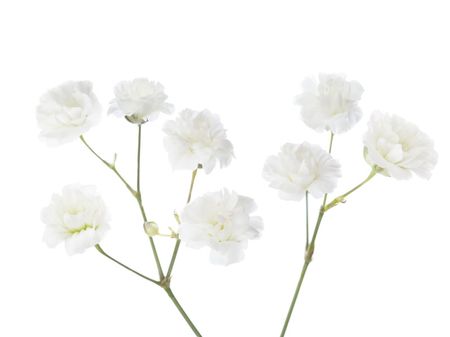 Growing Baby’s Breath From Cuttings: How To Root Gypsophila Cuttings
Growing Baby’s Breath From Cuttings: How To Root Gypsophila CuttingsBaby’s breath is the star of the cutting garden, providing delicate little blooms that dress up floral arrangements, (and your garden). If you have access to a mature baby’s breath plant, growing cuttings from baby’s breath is easy. Learn more in this article.
By Mary H. Dyer
-
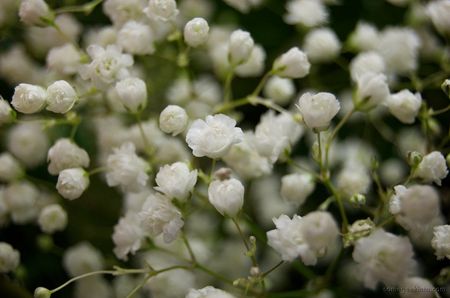 Sowing Baby’s Breath Seeds: Learn How To Plant Gypsophila Seeds
Sowing Baby’s Breath Seeds: Learn How To Plant Gypsophila SeedsGrowing baby's breath from seed will result in clouds of the delicate blooms within a year. This perennial plant is easy to grow and low maintenance. Click this article for more tips on how to plant Gypsophila, or baby's breath, from seed.
By Bonnie L. Grant
-
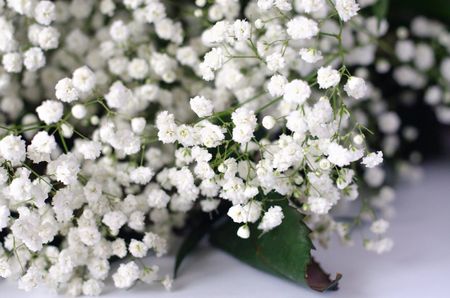 Baby’s Breath Winter Care: Information About Winterizing Baby’s Breath Plants
Baby’s Breath Winter Care: Information About Winterizing Baby’s Breath PlantsBaby’s breath is a staple of cut flower bouquets. You can grow these flowers in your garden with an annual or a perennial variety. Depending on the climate, you may need to take some extra steps to ensure survival over the winter. This article will help with that.
By Mary Ellen Ellis
-
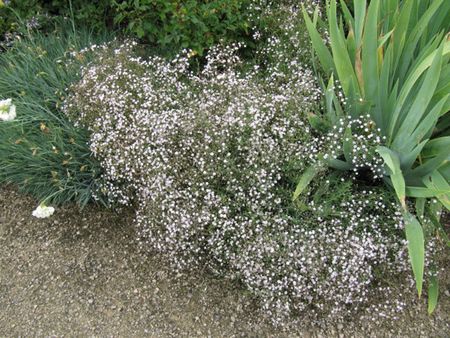 Baby’s Breath Issues – How To Deal With Common Gypsophila Problems
Baby’s Breath Issues – How To Deal With Common Gypsophila ProblemsBaby's breath is best known for adding a little magic to floral arrangements. If you are thinking of planting these flowers in your backyard, you will want to learn about common problems with baby’s breath plants. Click here for common Gypsophila problems.
By Teo Spengler
-
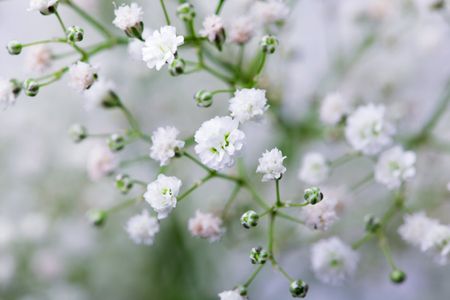 Baby’s Breath Varieties: Learn About Different Types Of Gypsophila Plants
Baby’s Breath Varieties: Learn About Different Types Of Gypsophila PlantsBaby’s breath flowers provide an airy look to floral arrangements but can also be just as pretty used in a border or rock garden. It is one of several types of Gypsophila. Click here to learn about different baby’s breath varieties for the garden.
By Mary H. Dyer
-
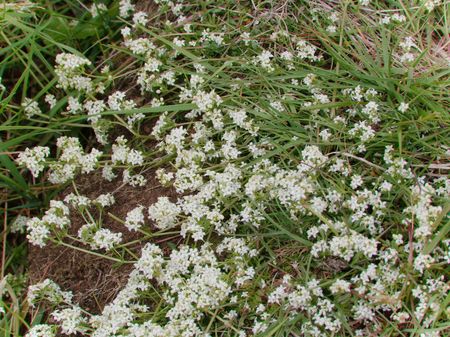 Trimming Baby’s Breath – Learn How To Prune Baby’s Breath Plants
Trimming Baby’s Breath – Learn How To Prune Baby’s Breath PlantsYou can grow baby’s breath as an annual or a perennial, depending on the variety chosen. Care is fairly easy, but a little Gypsophila pruning will help your plants grow healthier and bloom more. This article will help get you started with baby’s breath pruning.
By Mary Ellen Ellis
-
 Baby’s Breath Skin Irritation: Is Baby’s Breath Irritating When Handled
Baby’s Breath Skin Irritation: Is Baby’s Breath Irritating When HandledBaby’s breath is commonly found naturalized throughout much of the northern United States and Canada and often identified as an invasive weed. Despite the innocuous look of these sweet soft blooms, baby’s breath harbors a little secret. Learn more in this article.
By Amy Grant